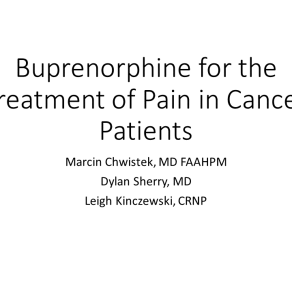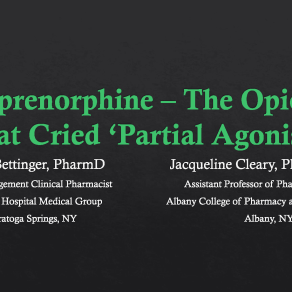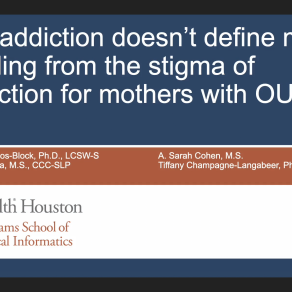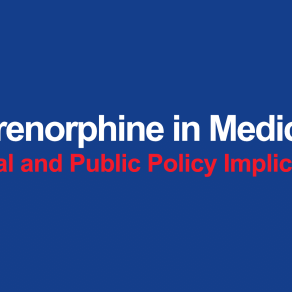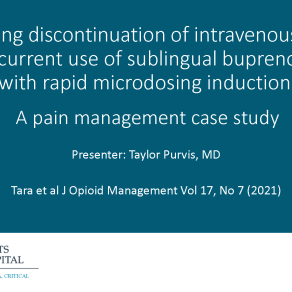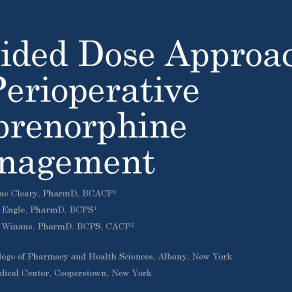Buprenorphine for the Treatment of Pain in Cancer Patients
Marcin Chwistek, MD, FAAHPM, Dylan Sherry, MD, Leigh Kinczewski, CRNP
Buprenorphine has emerged as an alternative opioid that is safe and effective for the treatment of cancer pain.
Opioids remain the cornerstone for the treatment of moderate to severe cancer pain. Due to benefits over full agonist opioids (FAO), buprenorphine has emerged as an alternative treatment.
CME and CPE credits are available for this presentation.
Presentation Slide Handouts: Click here for presentation handouts – Buprenorphine for the Treatment of Pain in Cancer.

